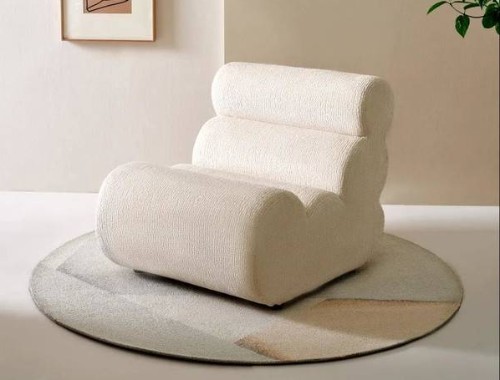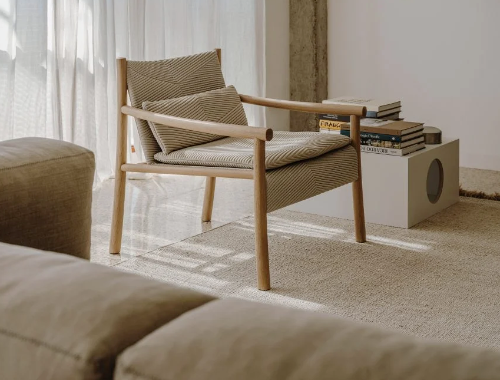Price wars among ocean carriers haven't been as prevalent in recent months as carriers have become more adept at aligning their capacity with demand, a panel of logistics executives agreed here.
Panelists said they have been concerned that the larger cargo vessels slated to be put into service in the next few years could result in unnecessary additional capacity, but said they're cautiously optimistic the big ships won't add to the pricing pressure - and the damage to the carriers' bottom lines.
"In the last year or so, I'm seeing stronger pricing discipline among the carriers, and I commend them for that," said Bill Smith, vice president of global marketing for logistics provider Globe Express Services.
Chuck Miller, senior vice president for supply chain at Klaussner Furniture Inds., agreed, noting that a more dependable revenue stream is critical to the health of the ocean carriers' finances.
"Supply and demand will prevail in the end, but if they don't maintain that pricing discipline, it could start another rate war," Miller said.
Joining Smith and Miller on the panel at Furniture/Today's annual Logistics Conference were John Lomax, director of supply chain for Thomasville Furniture; Mike Morris, an account executive for ocean carrier Maersk Line; and Cliff Pyron, chief commercial officer for the Georgia Ports Authority.
Pyron, who spent more than 30 years in the ocean carrier segment before joining the ports authority in 2008, noted that 50% to 60% of a carrier's costs are devoted to fuel. And while he's concerned about overcapacity in the short-term, he said the expanded use of larger ships will result in a drop of 17% to 40% in the cost of each container slot.
"The next five to ten years are going to be rough seas for the ocean carriers," Pyron said. "It clearly is a broken model."
Lomax said carriers used by his company, a unit of Furniture Brands International, are regularly slowing down their sailing times for shipments between Asia and the U.S., and in some cases, are sending ships from Asian ports that are well below capacity.
"The recovery is a long way out," Lomax said, referring to the home furnishings industry. "We have to be careful how we interpret some of the import numbers from earlier this year. Those numbers might give us the false sense that we are growing rapidly."
Morris, the Maersk executive, said the furniture industry went from double-digit annual import growth before the recession to declining annual shipments when the downturn was at its worst. And even today, he said his company is forecasting growth rates of no more than 2% to 3%.
"What you can expect is more volatility," Morris told conference attendees. "But we are seeing a slowing of demand for fuel. Costs peaked about 18 months ago."
Morris said Maersk's newest vessels, which have a capacity of 18,000 TEUs (20-foot equivalent units, or about 9,000 40-foot containers), will be deployed in the second half of the year, but won't be used in U.S.-bound shipping lanes.
However, he said vessels with a capacity of 10,000 to 12,000 TEUs will be used on U.S. routes to achieve better economies of scale.
Pyron pointed out the Panama Canal can handle ships with a maximum capacity of about 4,400 TEUs, but that will change when the Canal's widening project is completed in mid-2015. The wider locks will be able to handle ships carrying 12,500 to 14,500 TEUs, he said


























 沪公网安备31010402003309号
沪公网安备31010402003309号